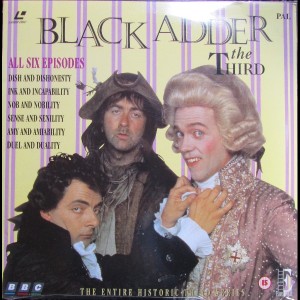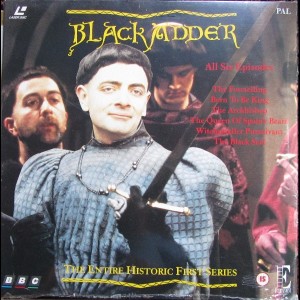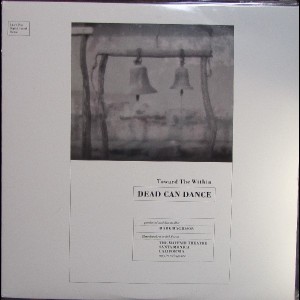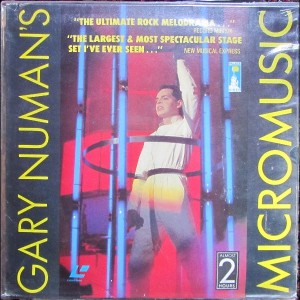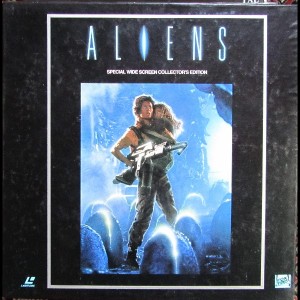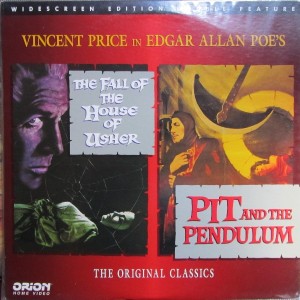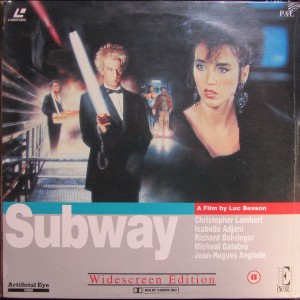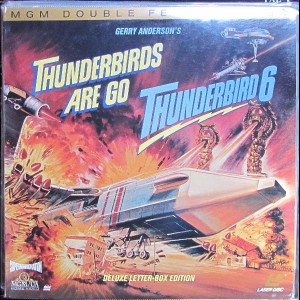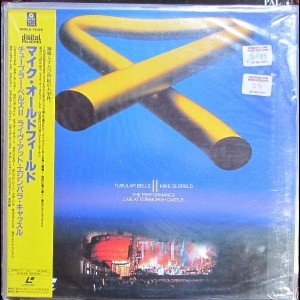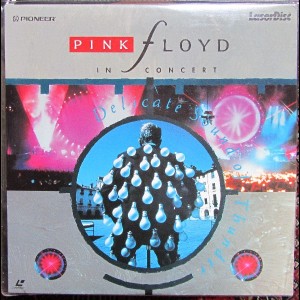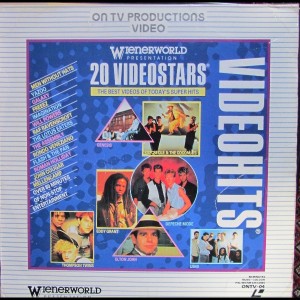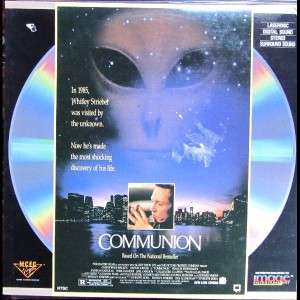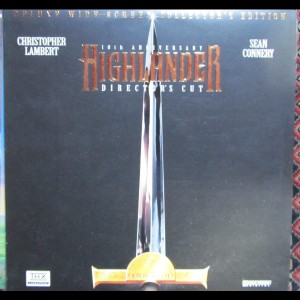Having been a hardcore Atari nut since the late 70’s when the VCS came out then moving through the various 8bits (400, 800, 130XE, 800XL), STs (520 STm, 4160STe, Mega STe, Falcon) etc, I was looking forward to this book immensely.
The authors are well known in the Atari community, particularly Curt Vendel who has a stunningly improbable collection of documentation, prototypes and source code. Heck, he even has one of their old mainframes. Marty Goldberg is also steeped in Atari-ness and well known amongst the hard core. Basically, if you wanted a book written by those who know, this is it.
First, the bad news. Whoever edited this book needs shooting. Some pages had as many as a dozen typos. Some sentences just don’t parse and the photos have various captioning issues. Oddly, great big chunks go by without so much as a missing apostrophe. Go figure.
Once you get past that, what you have is a stunningly thorough book that covers Atari’s history from the lead up to its inception as a company to the sale of the struggling once mighty entity to the Tramiels. (The next volume will cover their part of the story).
The authors have interviewed a great many Atari alumni, key industry figures and had access to Atari’s old email system, engineering notes and more. The result is a wide ranging, hopefully authoritative and detailed history. Along the way, the truth behind many long standing Atari stories/myths such as the cartridge burial in Mexico, the Amiga chipset saga and others are discussed, along with documentary evidence of the reality.
I thought I knew pretty much everything about this period of Atari but there were several projects discussed that were new to me. Machines I’d never heard of, even if they’d only made it as an on paper concept as well as ones that got to more functional states. There were also quite a few people I’d not realised were ex-Atari and it was fascinating reading what they did there. There are lots of good photos although as someone else noted, the reproduction quality isn’t always great. Maybe when this finally comes out on Kindle it will have better quality images.
One of the book’s stated aims is to recreate the atmosphere at Atari, which it does well and focuses on the people and internal ‘policies’ to a larger extent than most books of this type. It was also interesting to read the various problems the company had to deal with, the politics between them and Warners, Atari’s owners for much of this key period and the damage done by the marketing department at times.
The only thing I’d have liked more on was the development of the 8bit series. I was a huge fan of the Atari 800 and wanted more on the OS development, the chipset design process and the peripherals. There is a lot on these machines but it’s nothing that wasn’t already well documented elsewhere. It was only after reading this book I found out the OS was bought in, something not mentioned here.
Overall though, if you’re an Atari fan, particularly in their first incarnation (or two), this is an essential read. This will end up as a 3 volume set and with this book alone weighing in at almost 1,000 pages, Atari will end up one of the most thoroughly documented companies of this era. A fantastic piece of work. I’m looking forward to volume 2, I just hope the editing’s a bit better!
You can buy Atari Inc.: Business is Fun from Amazon UK or Amazon US

